I started taking photos in the 1980s. I still have a bunch of black-and-white negatives that I developed myself, but never got them printed. In addition to that, I have color photos with their negatives and slides. The past years, I've been looking for a way to digitize all of these. The number of photos isn't huge, maybe a few hundred, but having a service do it at 50 cents or so quickly adds up. Turns out that some flatbed scanners have a transparency attachment so you can scan negatives and slides. The Epson Perfection V370 Photo scanner has a transparency mode built in. It gets pretty good reviews and only costs about € 80 or $100. So I got one.
Read the article - posted 2014-05-17
If you have any interest at all in using older Nikon lenses, you probably have some understanding of the difference between non-AI, AI, AI-S, AF and AF-S lenses. The trouble is that places on the web that explain the differences easily get lost in the details. This article is intended to serve as a slightly easier to digest version of the story.
Read the article - posted 2014-05-08
►
The other day I had a discussion about whether to use the "standard" sRGB color space or a larger color space for my digital photos.
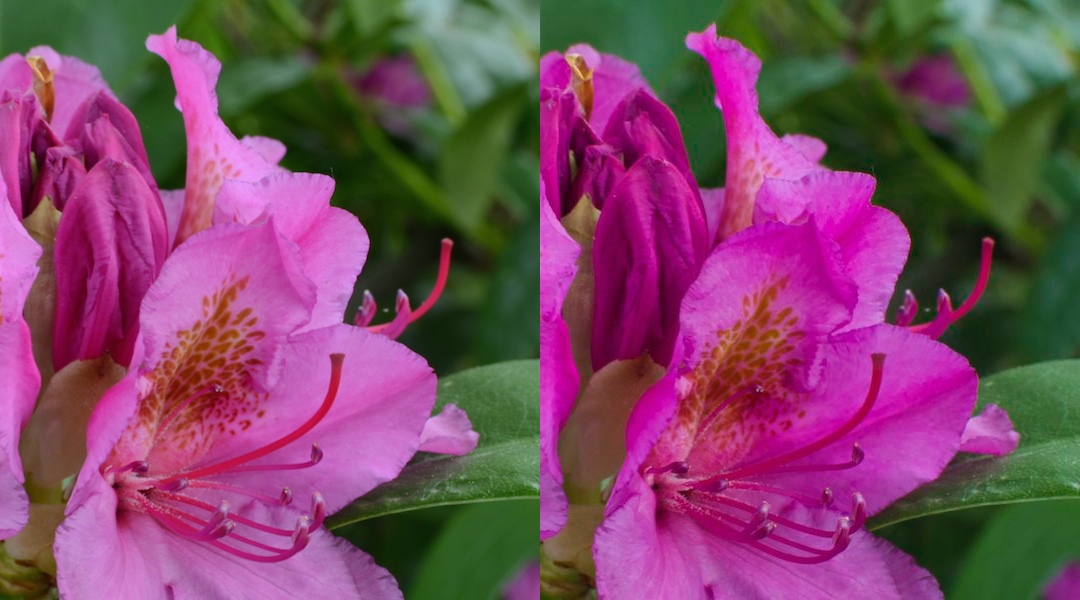
Full article / permalink - posted 2014-05-04
▼
The other day I had a discussion about whether to use the "standard" sRGB color space or a larger color space for my digital photos. My thinking was that because my monitors are limited to sRGB (or less) anyway, I'm not going to see any colors that fall outside what an sRGB file can encode. So there's no immediate need to use a bigger color space such as Adobe RGB 1998. Here's the same photo taken with my Nikon D7100, the left one using sRGB and the right one using Adobe RGB 1998 (they are mousoverable):
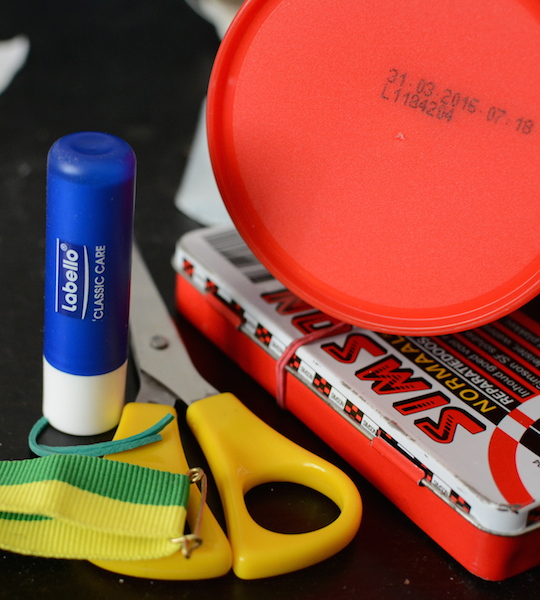
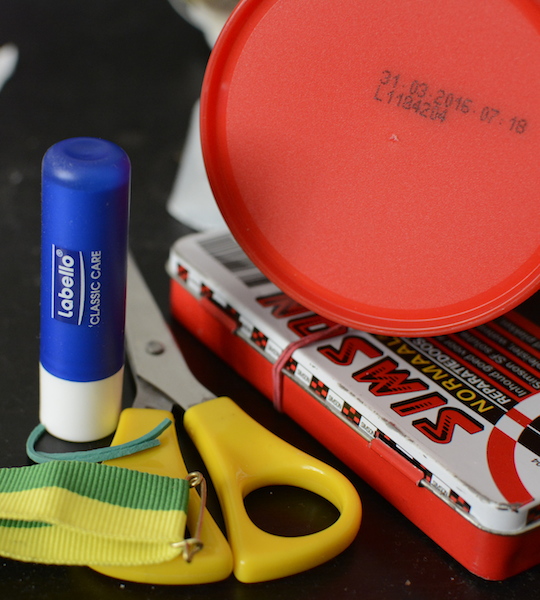
(If you have a screen that doesn't do better than sRGB and your browser and operating system do proper color management, the colors in the two photos should look identical. If the right one looks duller, your software doesn't do proper color management. If your screen is better than sRGB and your software does proper color management, the colors in the photo on the right should look more saturated.)
(I actually had a hard time making sure the files are really different. They are. Use Firefox and the setting gfx.color_management.mode = 0 in about:config as explained here, restart Firefox, load this page and you'll see.)
I could of course use Adobe RGB anyway in anticipation of better hardware in the future. The trouble is that not all hard- and software uses color management properly. If something along the way then interprets an Adobe RGB file as an sRGB file, the results will be worse.
Anyway, I then looked at what the JPEG and raw files that come out of the camera look like. The camera can record more color information than what can be stored in a file that uses an sRGB color profile, so when creating an sRGB JPEG file, the camera must reduce the color gamut somehow. The camera can also produce raw files, which is basically a dump of the data straight from the image sensor. Preview, Apple's image viewing/conversion tool, interprets those files as Adobe RGB 1998, but then of course also has to reduce the color gamut in order to display the file. And it does that very differently from how Nikon does it:

So it looks like Nikon just dials down the saturation of the colors, while Apple "clips" the very saturated colors that fall outside the sRGB color space. It's hard to say which approach is superior, but they are very different.
Permalink - posted 2014-05-04
►
Earlier, I posted a video filmed with my Nikon D7100 DSLR.
The video came out pretty good, although it's rather boring and I really should be even more careful making sure m tripod is level. However, the D7100 is pretty useless for video.
Full article / permalink - posted 2014-03-19
▼
Earlier, I posted a video filmed with my Nikon D7100 DSLR.
The video came out pretty good, although it's rather boring and I really should be even more careful making sure my tripod is level. However, the D7100 is pretty useless for video. First of all, the autofocus is unusable. All my lenses are pretty noisy when autofocussing. I guess that can be solved with an external microphone, though. However, the autofocus is also slow and hunts a lot to find the right focus distance. So I just used an f/11 aperture and set the focus to 5 meters or so, which seemed to have worked fairly well.
I guess the focus issues are unavoidable considering hardware limitations, but that's not true for another big problem: although you can use any shutter speed above the video framerate, you either have to set both the video shutter speed as well as the ISO manually, or leave both on auto. What I want is manually setting the shutter speed to the equivalent of 180 degrees (= 1/50 at 25 frames per second) so movement looks the way it should, and then let auto ISO take care of proper exposure. But no dice, this can't be done.
Permalink - posted 2014-03-19
When Nikon announced the D3300 camera along with a new version of the 18-55 mm entry-level kit zoom lens, I got somewhat excited. One of the things that I don't like about DSLRs is that they're so big and heavy. So having an even smaller and lighter version of Nikon's already smallest and lightest zoom lens really appealed to me.
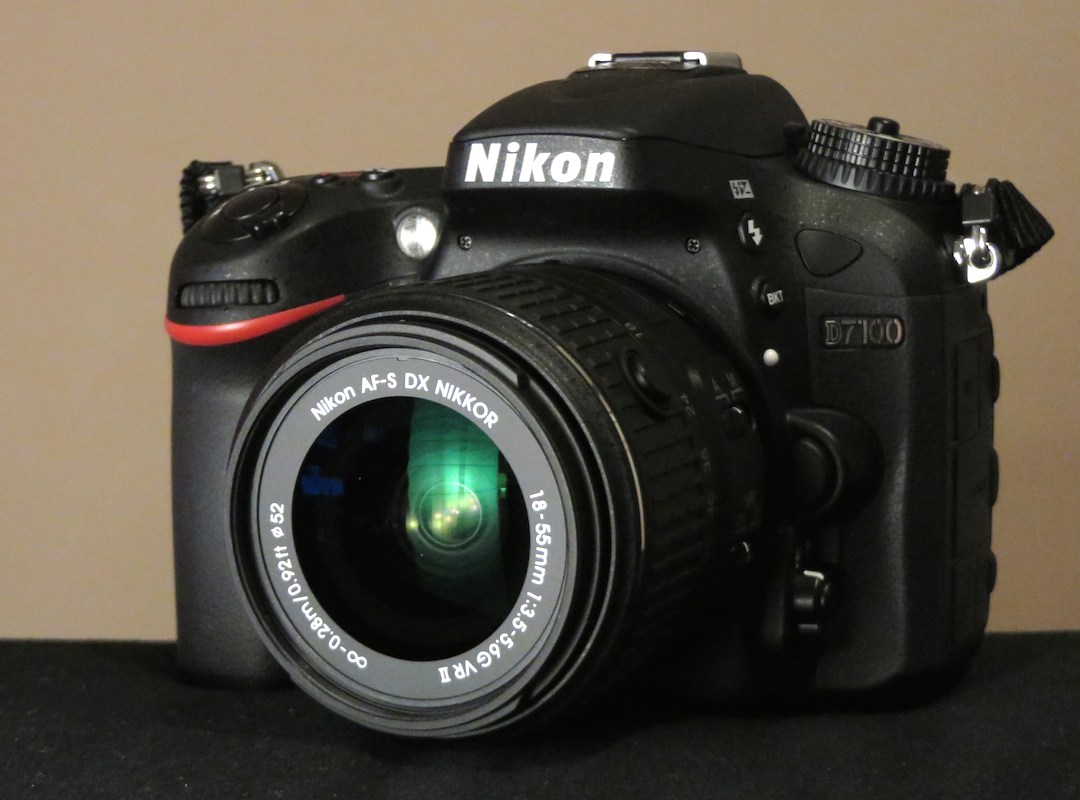
Read the article - posted 2014-03-08
►
I have an old Philips 31CT "computer flash". No, it has nothing to do with computer memory—it's a flash unit that sits on top of your camera. And although calling it a computer grossly overstates matters, but it has a small amount of automation built in that allows the flash to measure the amount of light returning from the scene that's being illuminated, and actually stop flashing mid-flash once a proper exposure has been accomplished.
Full article / permalink - posted 2014-03-05
▼
I have an old Philips 31CT "computer flash". No, it has nothing to do with computer memory—it's a flash unit that sits on top of your camera. And although calling it a computer grossly overstates matters, but it has a small amount of automation built in that allows the flash to measure the amount of light returning from the scene that's being illuminated, and actually stop flashing mid-flash once a proper exposure has been accomplished. These units can't actually vary their brightness, only the length of the flash, which can be anything between 1/500th and 1/100000th of a second.
Hooking up an old flash unit is actually kind of risky, as these flashes can send hundreds of volts through the camera. I measured the voltage, which was 230 V. The Nikon D7100 is good for 250 V, though.
But why risk it? After all, modern cameras have a built-in flash. Simple: the built-in flash isn't very powerful, and it illuminates the subject straight on. Which is good when you need a "fill-in" flash to soften harsh shadows when photographing portraits in the sun, but it sucks as the main source of light: everything turns flat, you often get annoying reflections or red eyes, foregrounds that are overexposed and backgrounds that are underexposed.
Most external flash units on the other hand, can be aimed to the side or up at the ceiling, which makes the resulting light much more natural and pleasing. The photos below were taken with the flash pointing straight ahead or up at the ceiling, with one taken with the built-in flash for comparison.
Unfortunately, the ancient computer and/or Xenon flash bulb didn't age gracefully, and failed to provide consistent illumination. What you see here is a dial on the back of the unit that allows you to select one of three color-coded programs. You turn the dial to point to your selected ISO (well, ASA or DIN) sensitivity and then you set the camera's aperture to one of the options the colored arrows point at, and then move a slider on the front of the unit until the little eye that measures the light is surrounded by the chosen color. For best results, the shutter time should be set to the highest flash sync speed, 1/250 on the D7100. Then, turn on the flash, wait for the orange light to come on and snap some photos. But those were all underexposed, and not always to the same degree.
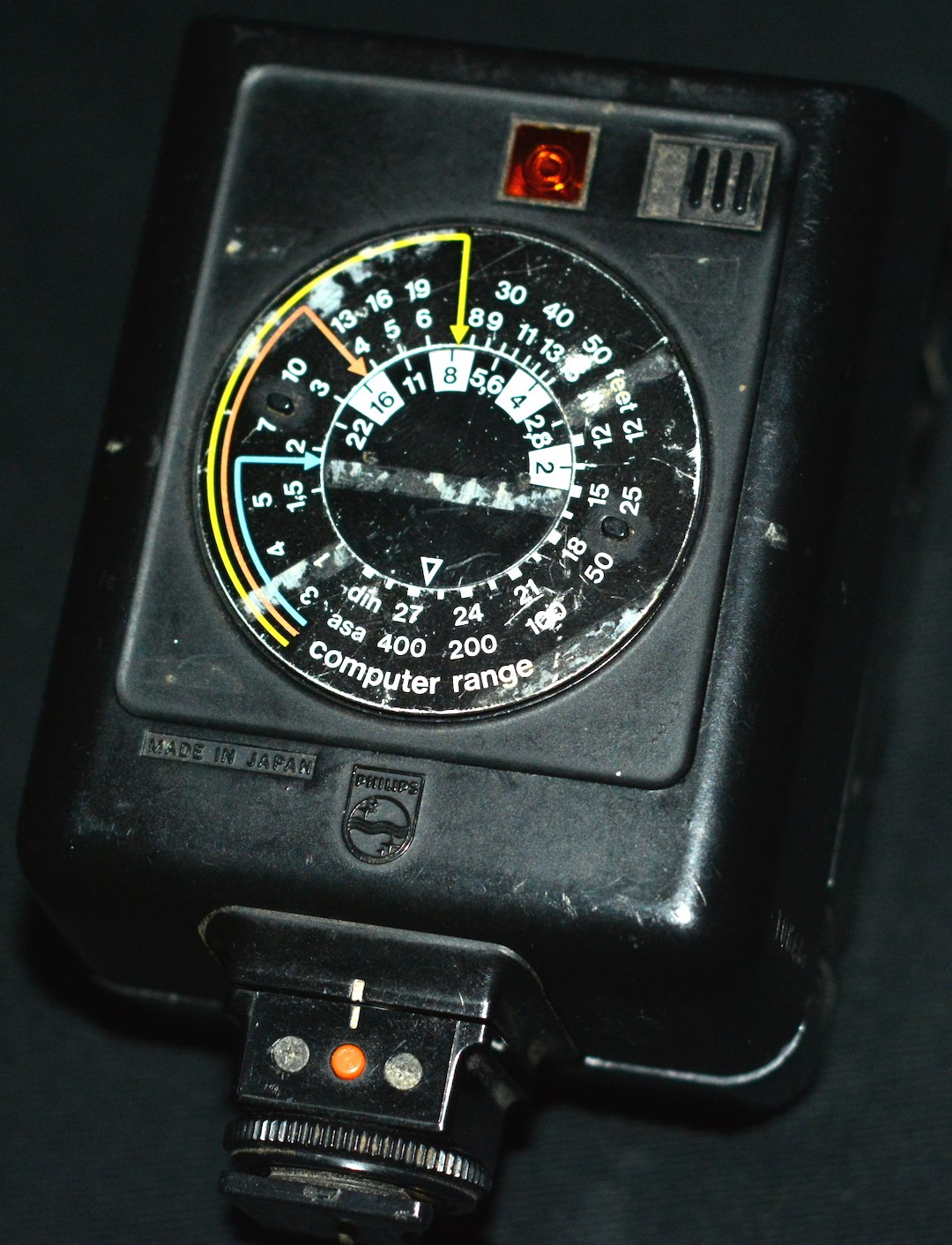
So I think I'll invest in a Yongnuo or similar third-party i-TTL flash unit at some point. Like Nikon's flashes, these will let the camera measure the required flash strength through the lens for optimal results. Interestingly, computer flash units seem to have died out these days, flashes are either controlled by the camera through Nikon's or Canon's proprietary systems, or they only function in manual mode, where they simply fire at a preset strength. Unfortunately Nikon's cheaper flashes don't tilt and swivel and are hampered by tiny batteries, while the bigger ones are very, very expensive.
Permalink - posted 2014-03-05
older posts
- newer posts





